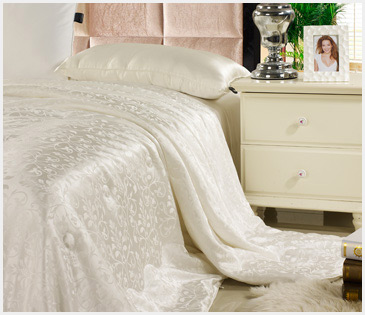Silk Bedding FAQs
|
||
What momme weight do I need?Momme is the unit of measurement for silk quality, first developed by the Japanese who love silk so much that approximately 1/3 of the world's silk every year is consumed by Japan. Momme is the unit used to measure the quality of silk.The basic measurement for momme is weighing a piece of silk that is 100 yards long and 45 inches wide: the silk will be given a grade of X momme if such a piece of fabric weighs X pounds. If the silk is heavier then a higher momme grade will be given and visa versa. Higher momme weight means higher fiber quality (rounder, suppler, more structurally compact) and a denser weave. 19 Momme weight silk is the cut-off point for high-end silk, its smoothness, softness and durability is unmatched by any 12 and 16 momme silk often seen on the market, and is a great entry point for high quality silk bed linen. The 22 and 25 momme silk we offer are of even higher quality, lasting significantly longer than even the 19 momme silk.
Generally speaking, silk can be classified by momme weight as follows: |
||
|
